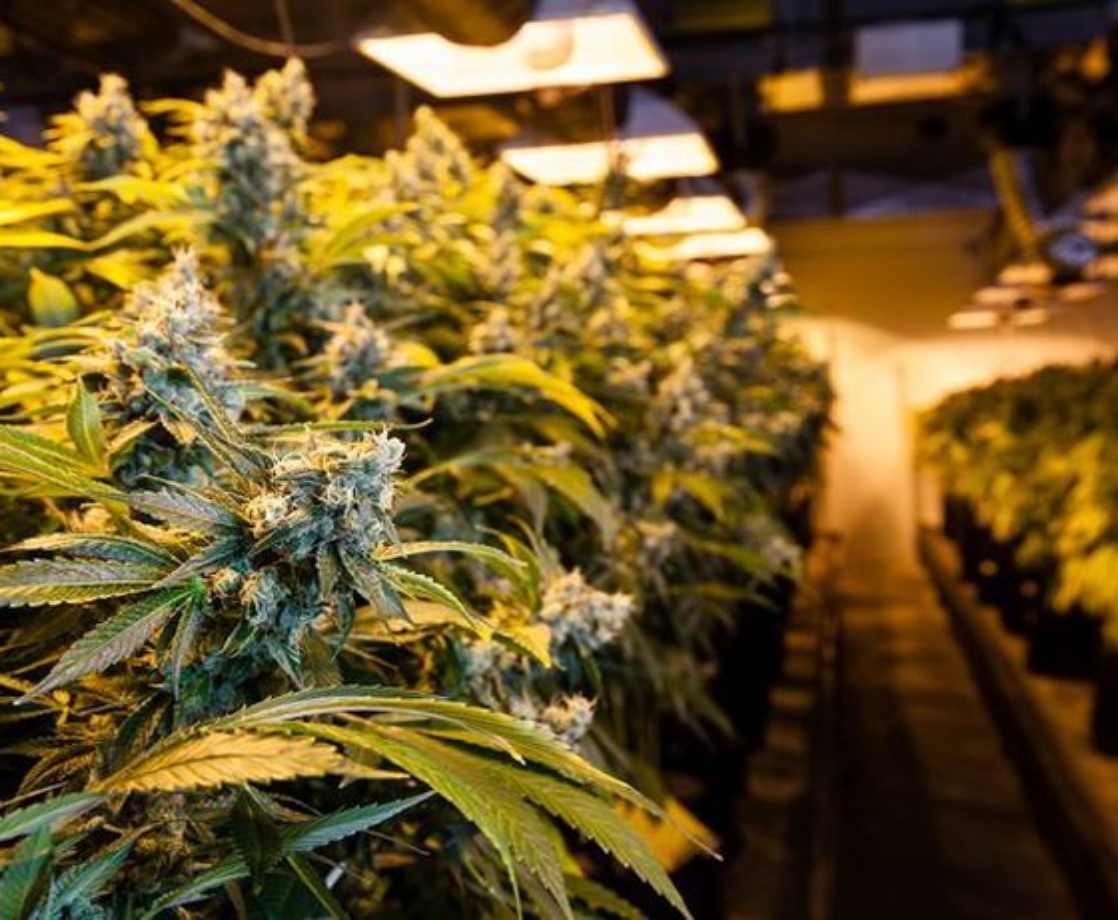Shortly after Canada became the world’s largest national adult-use cannabis market, severe supply shortages forced legal pot shops to shut their doors days after opening. Now, a year later, the Great White North is suffering from the opposite problem: government-operated cannabis wholesalers are now sitting on a massive stash of weed that they may never be able to sell.
Since the beginning of 2019, the unfinished inventory of dried cannabis has tripled. Health Canada defines unfinished inventory as dried cannabis plant material that has not been packaged, labeled, or otherwise been prepared for sale. In January, Canadian weed producers had around 118,000 kilograms of unfinished inventory, but as of August, that figure grew to 328,000 kg.
In contrast, Canadian producers had 60,872 kg of finished product, or weed fully prepared for sale, in stock this August. That same month, legal weed shops only sold around 13,000 kg of dried flower, which means that wholesalers had 30 times the amount of weed in stock than customers were willing to buy. However, unfinished inventory can include trim and plant waste along with usable bud, so the actual amount of overstock is uncertain.
Gallery — Who Is Going to Smoke All This Drying Weed?
“If a large proportion of that 328,000 kilograms is dried bud, that’s going to be a big problem,” said Matt Bottomley, cannabis analyst for Canaccord Genuity Corp., to the Financial Post. “I suspect it’ll be a race to the bottom with price because everyone now has more than enough supply.” Prices have already started to fall, and one company, Hexo Corp., has unveiled a new product line that sells at C$4.49 per gram, about half the average current price for legal flower.
The supply-to-demand ratio for cannabis oils is looking even worse. In August, producers held 6.3 times more oil in inventory than was selling at stores. “Oil is moving very slowly and this is going to get worse once concentrates come onto the market because not many people are going to want to buy diluted oil products out there already,” said cannabis analyst Chris Damas to the Post.
This issue should come as no surprise to the country’s cannabis industry, as analysts have been predicting an oversupply situation for months now. Insiders believe that producers and retailers simply haven’t yet figured out what products Canadian pot shoppers are looking for. But Tamy Chen, cannabis analyst for the Bank of Montreal, recently wrote that wholesalers are starting to get more selective with their purchases, to “ensure that in-store supply is better aligned with recreational consumer demand.”
On a positive note, legal cannabis sales have been continuing to grow steadily over the past year. Every month from March until August, legal retail sales broke a new record, with sales exceeding $127 million in the month of August alone. In the first year of retail sales, the Canadian weed industry moved over $1.1 billion of product, and these numbers are expected to rise as edibles start to become available next month.











